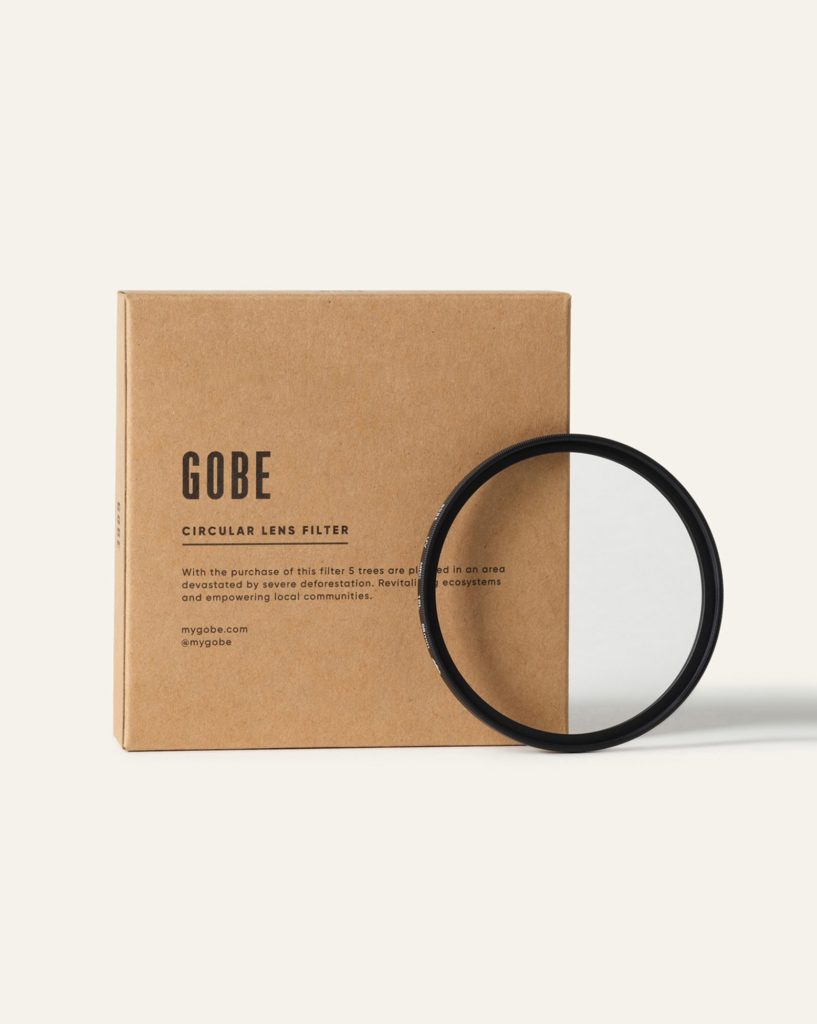Whether it’s protecting your lens or getting effects on your photo, at some point you’ll have to work with camera filters, these photo accessories have many features, models, brands and prices to get your attention.
With so many differences, any photographer can get lost when buying filters for your camera lens. After all, how to get the best option for your case ?, should we choose the cheapest filter?
- Check out this article for the main issues to consider before purchasing a camera filter.
- Learn about the main differences between them.
- And get ready to place your order smarter.
Before purchasing a lens filter, define what the accessory will be used for, as mentioned above, can be used for different purposes, so it is important to understand the lens with the filter to make the correct acquisition.
To give you an idea, lens filters are divided into 4 main groups
As the name suggests, protective filters are used to protect the camera lens and sensor, they work by blocking ultraviolet rays, for example, preventing this brightness from affecting your photograph.
In addition to UV filters, Sky models and similar filters are available for minor color and lighting corrections. Lens protection against scratches, bumps and dust is also done through filters in this category.
Correction lens filters help solve some photography problems, which could not be corrected directly on the camera.
This also includes filters for contrast correction, polarizers, neutral density, compensation, conversion, and balance.
They help create photo effects directly in the capture, eliminating the need for post-processing in your images. These accessories can enhance parts of the photo, change focus and generate a number of very useful effects. Two very common examples of these models are: CROSS Filter and FOG Filter.
Graduated lens filters have two or more functions, can be correction or effect. They usually have half consisting of effects or corrections, and the other part is transparent.
For more details on lens filter types and their applications, read the Cinematography Filters article.
Once we understand the use of each filter, we will know the types of accessories of these accessories in your DSLR camera.
There are two types of filters categorized according to its fastening model, the first is the screwing, which is attached directly to the camera by the nets on the front, and the second is the drop-in filter, which requires a support and a ring for attachment to the camera. Lens.
The most common thread filters are polarization, UV and neutral density. Built-in models, on the other hand, usually allow the bracket to be screwed. Watch if the brand and system you choose offer other types of filters that you may want to use.
It should also be remembered that we can find filters with both forms of fixation, usually more popular for their easy application and use.
The material used to manufacture lens filters is the one that most determines the price of these accessories. Filters can be glass, optical resin, plastic and polyester.
In addition, in recessed models, the fixing ring is usually made of metal or aluminum, the latter is usually more fragile and susceptible to falls, scratches and / or bumps, in addition the aluminum rings tend to get stuck in the lens.
The material of the camera filters also varies depending on the use of the filter. Polyester filters are often used for correction (colors and focus). The optical resin model is usually found in the drop-in system, such as the graduated filter of neutral density.
Resin is a substitute for glass, so it cannot be found in any type of filter, polarizers, for example, must be made specifically of glass, but still differ in terms of glass thickness and quality, which can also influence price. .
When comparing resistance, glass filters are fragile in terms of falls, on the other hand, they tend to be more scratch resistant than optical resin.
Lens filter coatings are also important. They help transmit light, reduce glare, maintain contrast, and reproduce colors more faithfully. Filter coatings are also used to prevent wear and facilitate cleaning.
Having uncoated filters is very dangerous for your photos, all the problems we’ve seen above can be seen in your images and you don’t want it, right?
As an average option, you always have filters with a single coating, although they are better than those that are not coated, are inferior to multilayer models, multilayer filters have the best possible quality and are therefore more suitable.
However, the changes are not so visible. The best way to understand the benefits of a multilayer filter is to take pictures with all three models and compare images. See which of these options is the best for you, and also consider your budget, of course.
Talking about lens filters is not easy. There is a great controversy around this photographic equipment.
If on the one hand advocates of the use of filters are fanatical, on the other hand there are those who do not need such accessories. However, what matters most is not buying the idea of adopting filters, but understanding their differences.
Now that you know which are the most common differences between filters, it’s easier to understand which one best suits your needs.
Already using lens filters on your camera?Which ones did you choose and why? Leave your comment below and help other readers find their answers.

